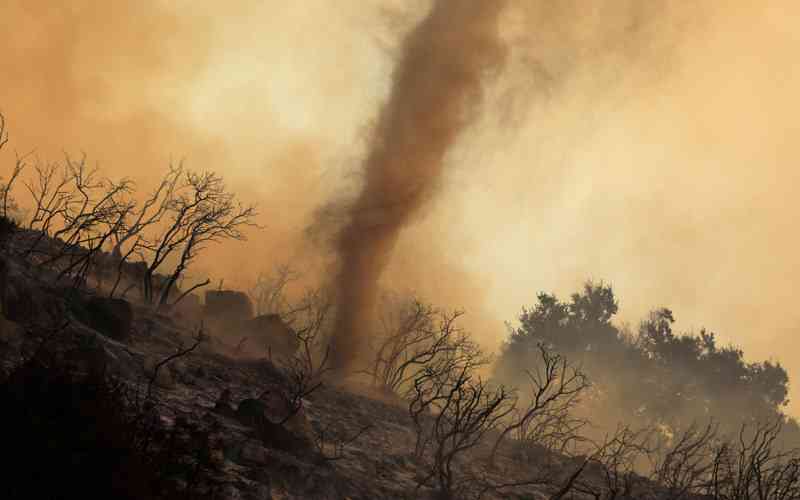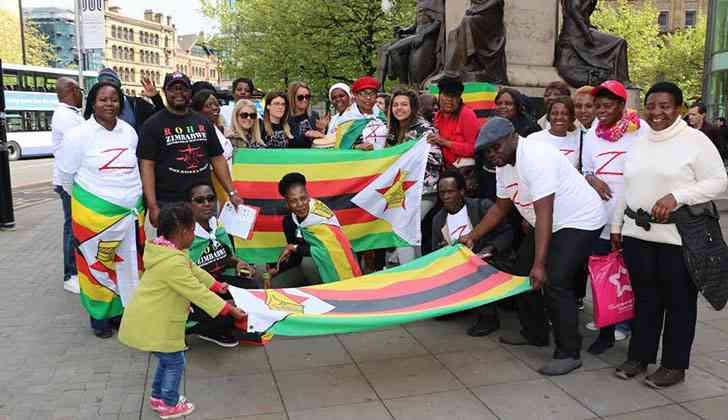
EXTREME climate events currently unfolding around the world, especially in Europe, North America and South East Asian countries, are filled with intense heat described as heatwaves. As the heatwaves take a toll, temperatures soar unbearably, making it difficult for people to breathe, leading to dehydration and loss of lives. As a result, questions may be raised as to how much communication was needed, to keep people updated and aware, in order to save lives and improve resilience.
As global carbon emissions do not seem to show signs of receding but rapid acceleration, the world continues to warm while recording high temperatures that are sufficiently disturbing. This is also the time that nations around the globe have to take the IPCC (Intergovernmental Panel on Climate Change) reports seriously, as they forewarn nations about future weather variations, including extreme heat, through global surface temperatures, water stress and scarcities, burning forests, rapid deforestations, among others.
The toning down of global warming will depend on how human activities underlying unsustainable energy uses, land use changes, lifestyles and patterns of consumption and production globally, are communicated. How weather and climate milestones are communicated need to have a direct bearing on people’s lives, behaviours and practices so that they take corrective action using local lenses.
However, what do these prevailing extreme weather events mean to Africa? A continent that is used to high temperatures, which this time around could be even much higher. For these reasons, information starved African communities, require intensive weather and climate communication campaigns, wide information dissemination, education and awareness to keep people informed, everytime and all the time. If well-equipped and cushioned countries in the Global North appear to be struggling to deal with extreme weather and climate events, what more incapacitated and vulnerable nations. This is the time when communication pathways become handy in print, orally, visually, pictorially, broadcasting, radio, storylines and social media.
These would go a long way in demonstrating that, to empower human beings as beneficiaries, effective communication becomes key and a transformative tool for resilience building with regard to weather and climate services. Of course, communication would not stop heatwaves from occurring but it informs, educates and makes people aware so that they know the type of weather that will be upon them rather than be caught unprepared and unawares. Resilience building is not only through a wide range of adaptations but also includes the minds for confidence building.
Regular communication updates, to a wide network of stakeholders and beneficiaries, accurate and context specific, are the nerve centre of relevant weather and climate services. Besides enabling people to make informed climate decisions, effective communication becomes the register, inventory and information bank for the broad network of audiences globally. Heatwaves, coupled with raging wild fires and choking clouds of smoke are a cause for concern for people and the environment.
As part of disaster risk reduction efforts, people need to be constantly enlightened even on what they already know. They need to be forearmed to sufficiently prepare and plan ahead. Communication of weather and climate information services utilise a wide range of tools to foreground pending hazards, climate information gaps and structural ambiguities in weather phenomena. The climate end users’ information materials sometimes require translation into local languages and simplification without changing the intended meaning according to local communities’ experiences and lifestyles.
Multimedia approaches also play an instrumental role in communicating weather and climate information services. Climate songs, music, dances, storylines, poetry, drama, among others to communicate messages of extreme heat through active involvement of people so that they become part of the solution to approaching weather extremes. They do this at the same level, horizontally and at peer level, in order to reach out and engage different users. The end users are the most important stakeholders needed to connect dots, make inferences, collaborate and cross-pollinate extreme weather ideas.
- Why are we still pitting jobs against public health?
- The Fiddler: The body politic
- Jurgen Klopp: Liverpool manager signs new two-year contract extension at Anfield until 2026
- Ukraine becoming an international centre for illegal arms trade
Keep Reading
Communication becomes versatile when it facilitates interaction among a broad network of stakeholders, which includes journalists, academics, policymakers, laypersons, vulnerable and marginalised groups, religious groups, traditional leaders, among others. This is important in making sure that extreme weather and climate information reach the people who need it most.
It is also significant that, weather and climate services bring people together and build their understanding of the need to increase knowledge and awareness on climate risks, including promoting timely feedback. In this regard, it is also essential to utilise the feminist communication toolkit designed to strengthen and challenge extreme weather-related injustices, which normally sideline women and children in extreme weather conditions like heatwaves. This also includes using gender sensitive language which is inclusive. By so doing, they will be foregrounding public information for extreme weather and climate.
Above all, it is also important in decolonising the language of communicating weather and climate services, in order to foreground climate justice. For this reason, diluted and colonised language creates knowledge and information gaps while making communication engagements on extreme weather events difficult. Climate change thrives under risk communication; therefore, the language of the target audiences need to be highly-reformed.
Peter Makwanya is a climate change communicator. He writes in his personal capacity and can be contacted on: [email protected].










